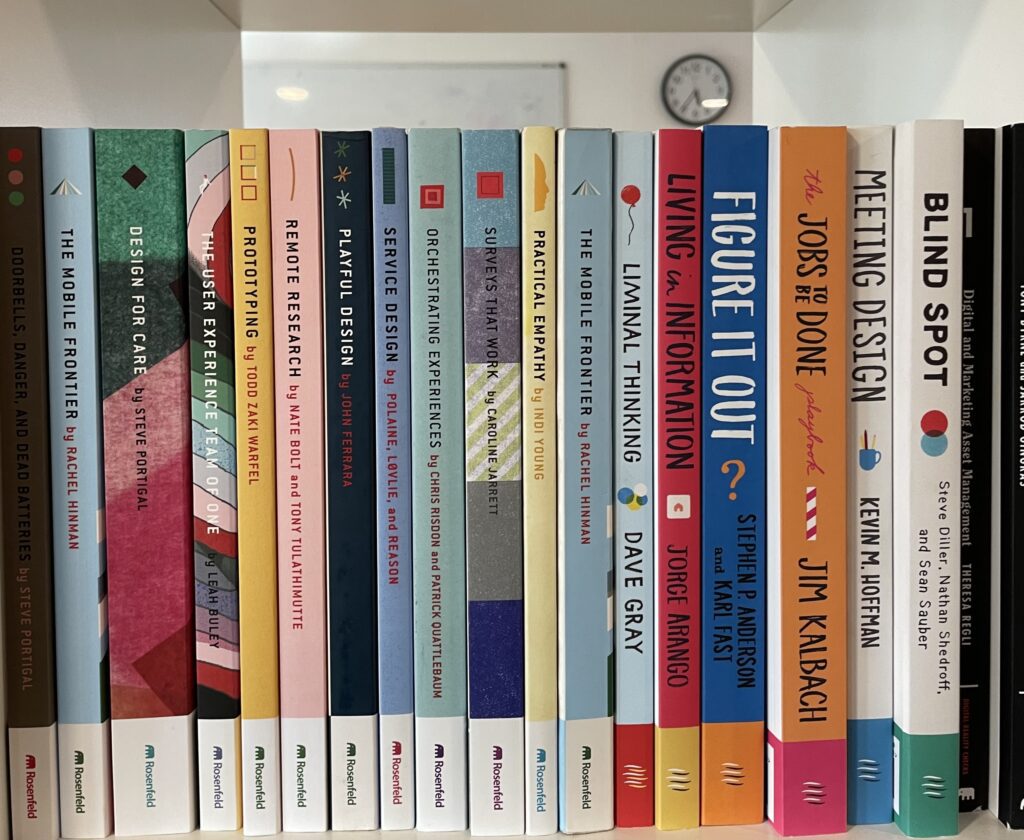
As we reflected back on Lean Agile Scotland and discussed some of our key learnings from the talks, we noted the depth of the talks and how challenging it is to share these as quick summaries. One conversation we found ourselves having over and over again with fellow attendees was how it would be great if there was a recommended reading list to dive deeper into each of the topics. As an organisation that encourages team members to grab a book from our library whenever they have an opportunity, we’re also always looking for new books to add to our shelves.
So we went through our notes to compile a list of the most recommended books that emerged throughout the sessions. These books offer some great insights into the world of Agile and Lean practices which we think can be applied to a broad range of sectors regardless of experience.
- “Lean Enterprise: How High Performance Organizations Innovate at Scale” by Jez Humble, Joanne Molesky & Barry O’Reilly (2020).
Recommended by several speakers, including Keynote Speaker Adrian Cockcroft, an Advisor/Consultant best known as the cloud architect for Netflix during their migration to AWS. This practical guide introduces Lean and Agile principles for scaling software development across an organisation, emphasising a people-centric approach, experimentation, and empowerment to respond effectively to changing market conditions, customer needs, and emerging technologies.
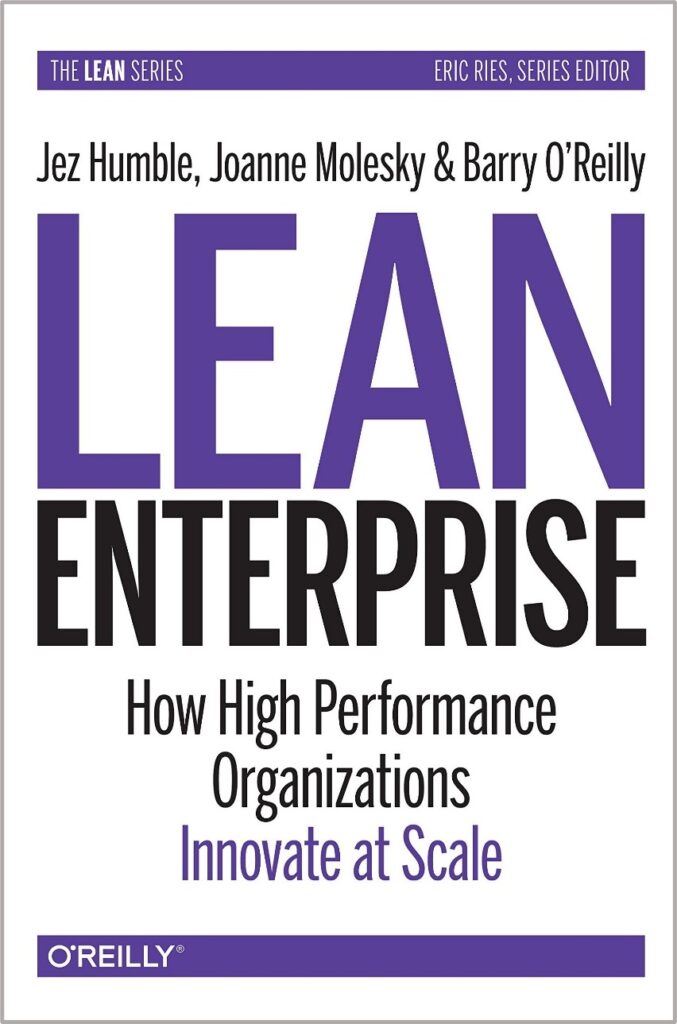
Link to purchase.
- “Unlearn: Let Go of Past Success to Achieve Extraordinary Results” by Barry O’Reilly (2018)
Another popular book referenced by multiple speakers and also by Barry O’Reilly, this book dives into new ways of thinking and leading in every industry, in order to identify what you need to unlearn, what to stop, what to keep, and what to change.
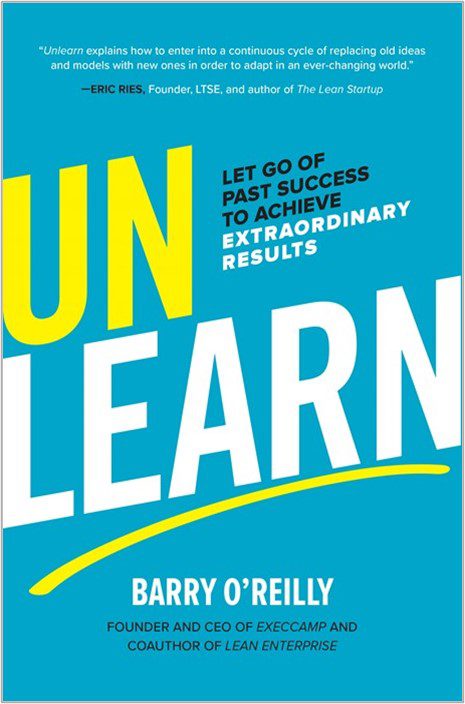
Link to purchase.
- “Accelerate: The Science of Lean Software and DevOps: Building and Scaling High Performing Technology Organizations” by Nicole Forsgren (2018).
Backed by years of research, this book presents ways in which organisations can apply technology to drive business value, and identify ways to measure the performance of their teams and the capabilities they should invest in.
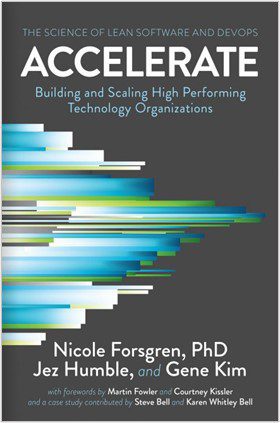
Link to purchase.
- “The Map to Modernization: Using the Value Flywheel to Accelerate Your Organization: Power the Future and Accelerate Your Organization to the Modern Cloud” by David Anderson (2022).
Another very popular reference in multiple talks, including the Day 2 keynote “Adaptive Socio-technical Systems with Architecture for Flow” by Susanne Kaiser, this book offers a solution to help businesses align engineering functions with business goals. It is structured using the Wardley Strategy Cycle and has Wardley maps throughout to illustrate all the key concepts in order to explore the leadership approach needed to guide the evolution and movement of technology, people, and the markets, providing the foundations for a strong narrative, transparency, and fast feedback loops and alignment.
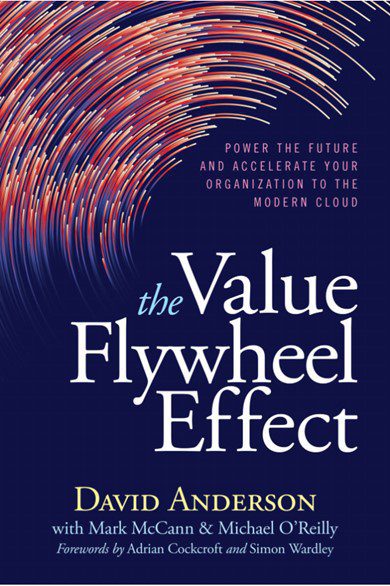
Link to purchase.
- “Wardley Maps” by Simon Wardley and Ben Mosior (2022)
Speaking of Wardley Maps, many of the speakers used them to support their explorations and find new opportunities. Wardley Mapping is a great tool to better understand your environment and make future-proof plans for success. Simon Wardley shares his experience in finding opportunities, removing waste, helping to organise a team of people or determining the strategy for a company. As he puts it himself “Remember, all models are wrong but some are useful” though judging by the frequency of use and reference, we think there is definitely value in familiarising with Wardley Maps.
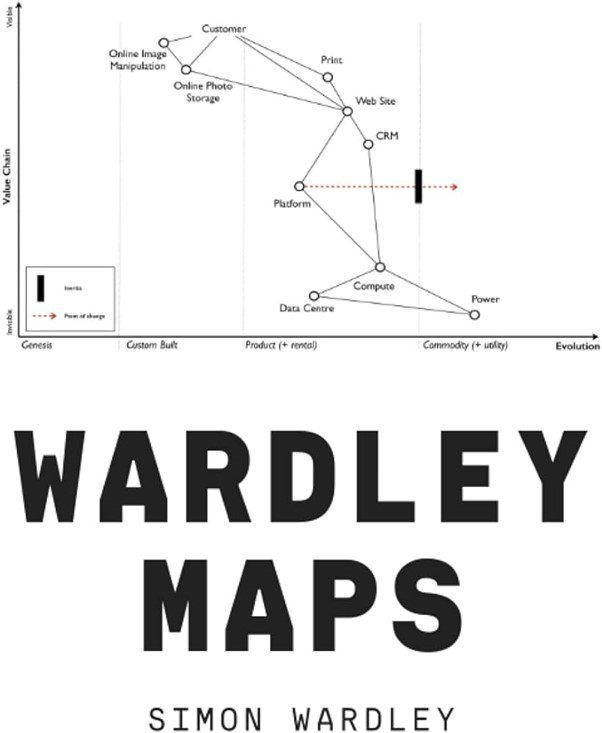
Link to purchase.
- “Toyota Kata: Managing People for Improvement, Adaptiveness and Superior Results” by Mike Rother (2009)
Thierry de Pauw from ThinkingLabs brought up this classic management book, which is used as a resource by global universities to teach scientific thinking. Toyota Kata is a skill-building process, based on the methods used and perfected by Toyota, to shift teams from the natural tendency to jump to conclusions to thinking, working and reacting more scientifically.
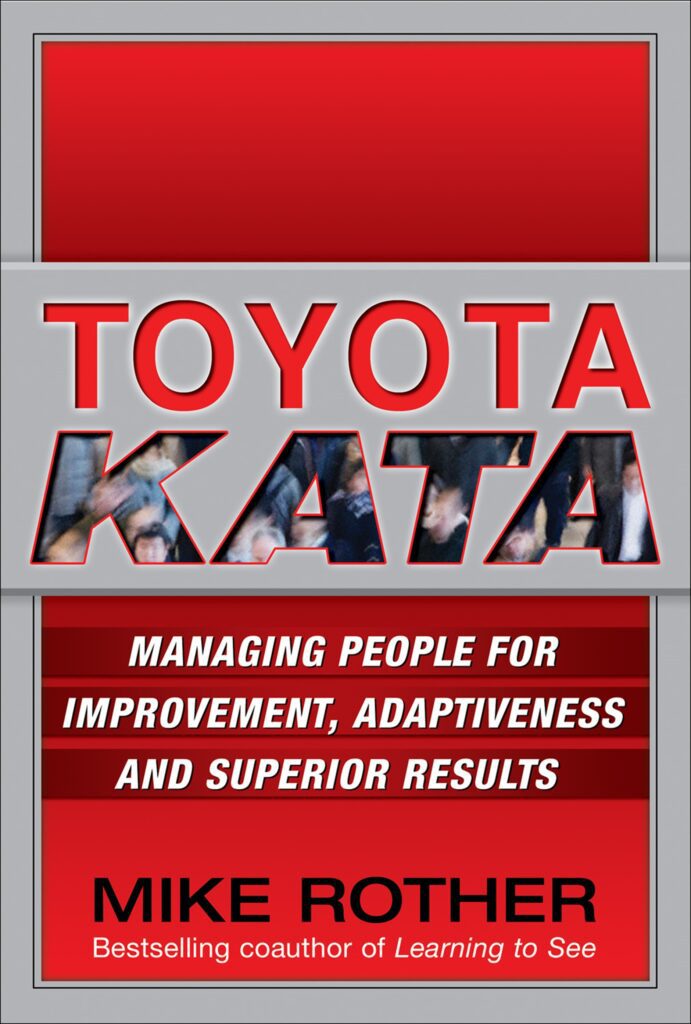
Link to purchase.
- “How to Measure Anything Workbook: Finding the Value of Intangibles in Business” by Douglas W. Hubbard (2014)
During his workshop on “Estimation games for fun & profit,” Neil Vass from the Co-operative Group referenced a variety of resources which we found highly interesting with this book really standing out. This book breaks down some highly complex concepts into ways that are much more accessible and easier to digest. The book shows how you can measure things in your own business, government agency or other organisation that, until now, you may have considered “immeasurable,” including customer satisfaction, organisational flexibility, technology risk, and technology ROI.
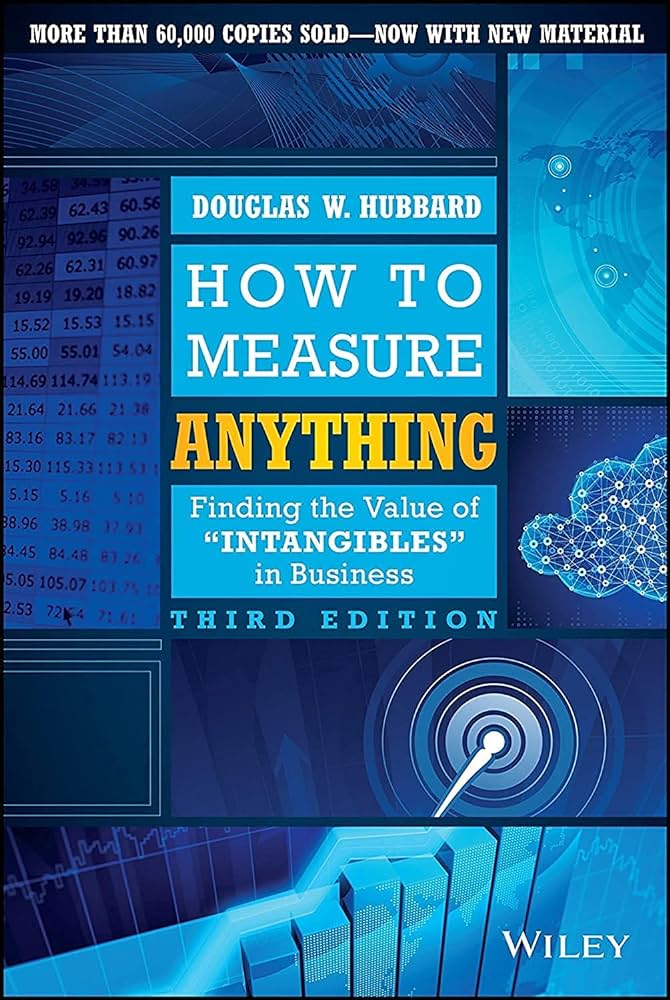
Link to purchase.
- Thing Explainer: Complicated Stuff in Simple Words by Randall Munroe (2017)
In his thought-provoking session on “What needs to be true? Patterns of engineering agility,” Andy Norton from Prolific discussed what good actually looks like and how we can create the conditions to start it and scale it. The part that really stuck out to us as User Experience practitioners was his reference to this book which shows ways to explain complex things using only the 1,000 most common words in the English language. The book is a humorous illustration that should get us all thinking about how we can break down complicated languages in ways that anyone can understand.
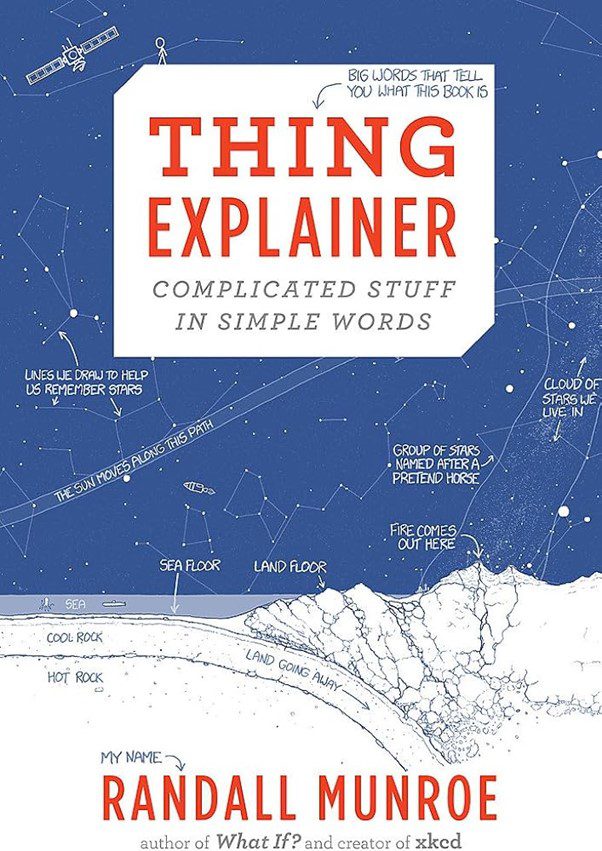
Link to purchase.
- “Kanban in Action” by Marcus Hammarberg and Joakim Sunden (2014)
Not only did we have the pleasure to hear Joakim Sunden as a speaker and meet him as an attendee at Lean Agile Scotland, but we also found it fascinating to hear how other speakers have actually adapted their learnings from this book into their own practices. As an Agile Coach at Spotify, Joakim was part of a group of people working together with the CTO to develop a new approach to Agile at scale, aka “The Spotify Model” with Tribes, Squads, Chapters and Guilds. This book offers a great introduction to Kanban with real-world case studies, making it accessible to a varied audience including those who have no prior Kanban experience but are looking to learn more.
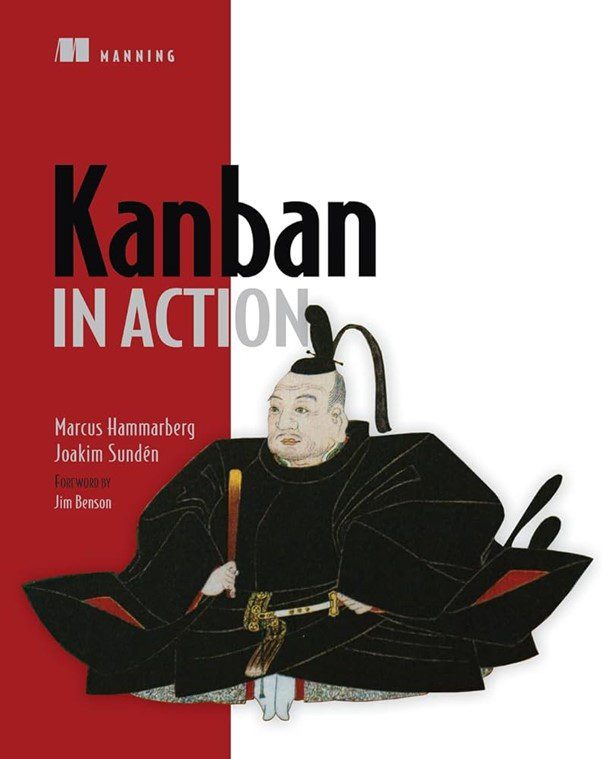
Link to purchase.
- “The Five Dysfunctions of a Team: A Leadership Fable” by Patrick M. Lencioni (2002)
Emily Webber from Tacit brought this book to our attention during her talk “Why can’t we all just get along?” and we were immediately drawn to the unique style in which it was written. Using easy to remember parables followed by actionable insights, Lencioni’s teachings can be applied anywhere teamwork is involved regardless of the sector.
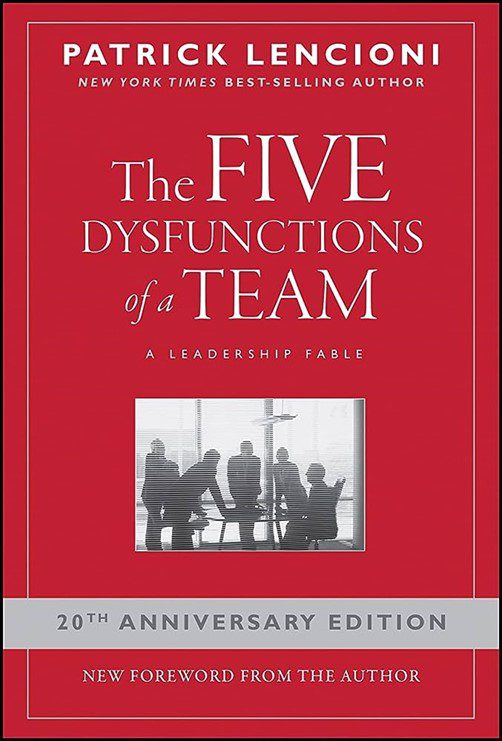
Link to purchase.
- “Rebel Ideas: The Power of Diverse Thinking” by Matthew Syed and John Murray (2021)
In one of our favourite sessions that we had the pleasure of seeing at UX Scotland and Lean Agile Scotland, Valerie McLean provided some great resources while walking us through her namesake “McLean Loop of Leadership Agility.” One of the resources that caught our eye during the talk was this book on Rebel Ideas which focusses on how, as individuals, we can embrace the potential of an “outsider mindset” as our greatest asset.
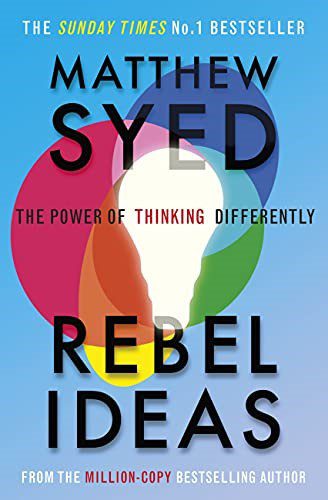
Link to purchase.
- “A Beautiful Constraint: How to Transform Your Limitations into Advantages, and Why It’s Everyone’s Business” by Adam Morgan, Mark Barden, et al. (2015)
This book was also suggested by Valerie McLean and was an immediate Add-to-Cart moment as “transforming limitations into opportunities” is what we are always looking to do. With interviews from sources at Nike, IKEA, Formula One and endorsements by senior executives from Unilever and Sony PlayStation Worldwide Studios, the book aims to challenge both individual and organisational patterns underpinned by scientific research into the psychology of breakthrough.
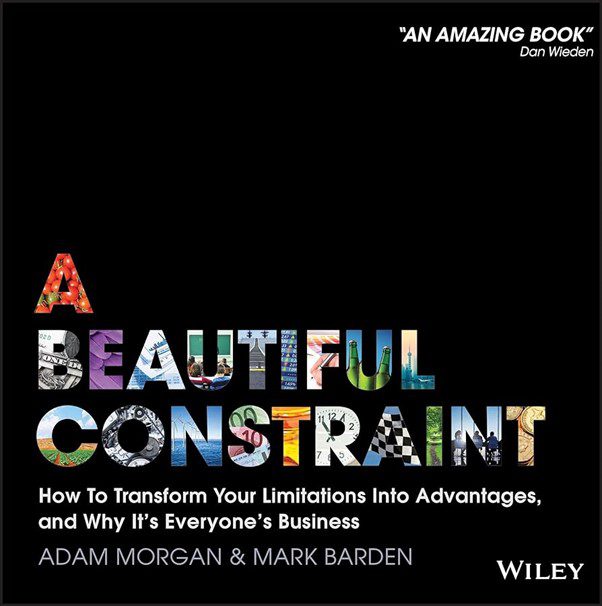
Link to purchase.
We hope you find this list helpful and would love to hear your thoughts if you have any additional suggestions.